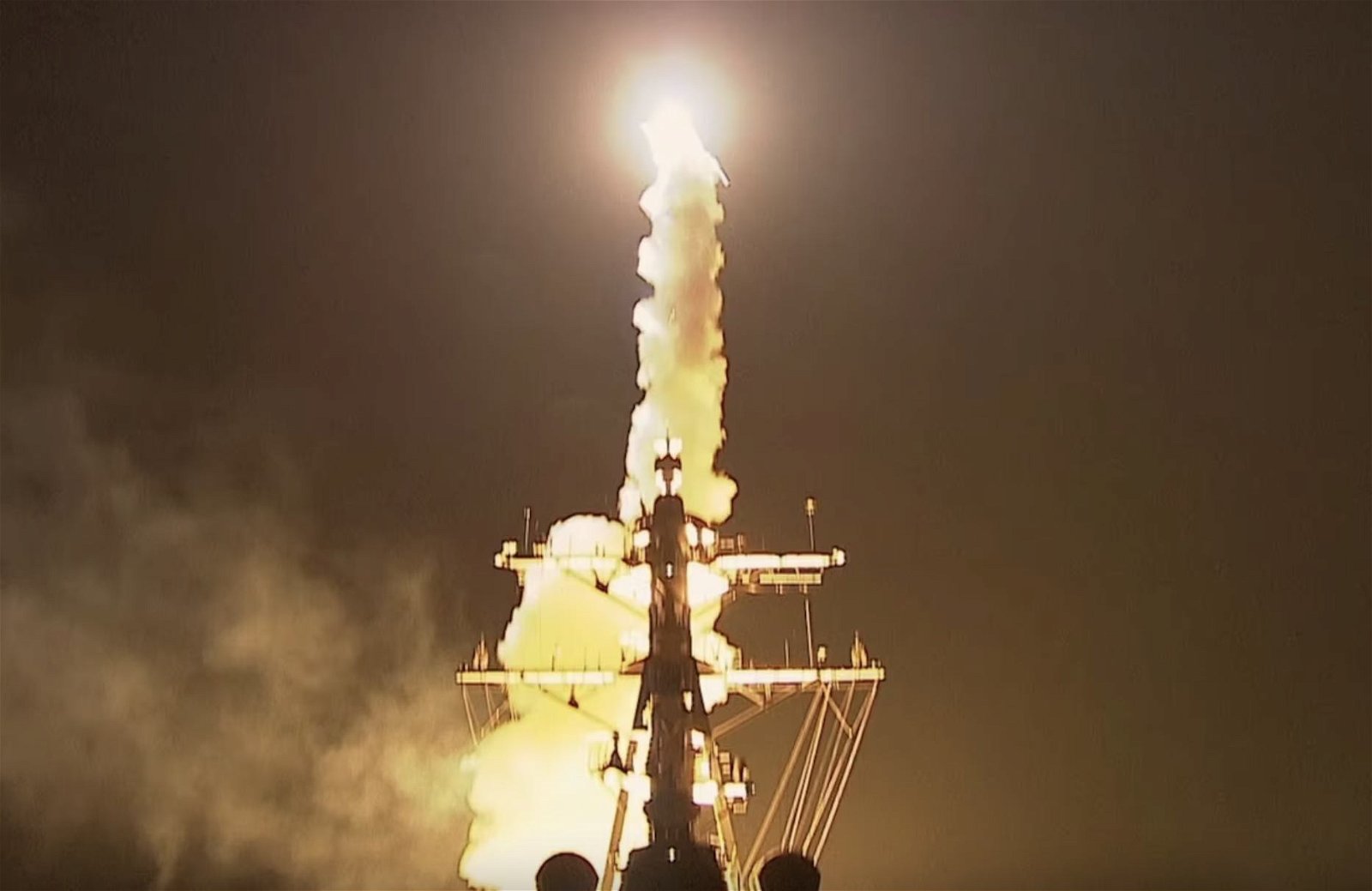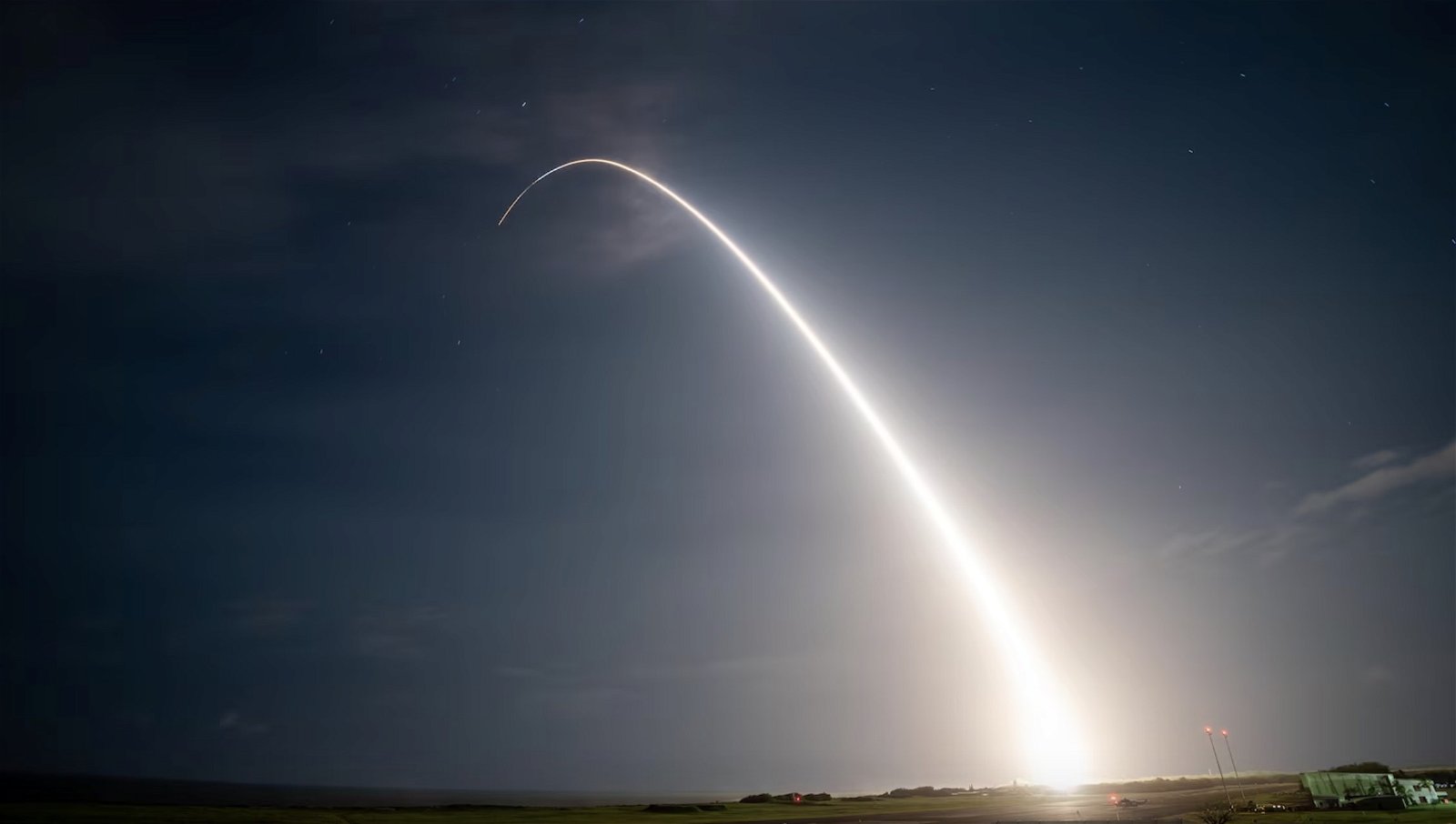The U.S. Missile Defense Agency (MDA) and the U.S. Navy have reported the successful intercept of a ballistic missile target with one of the Navy’s most advanced combat systems, in a landmark demonstration that similar tests in recent years had failed to achieve.
Part of the Flight Test Aegis Weapon System 31 Event 1a (FTM-31 E1a), the test showcased the capabilities of an Aegis ship configured for ballistic missile defense to locate and intercept a medium-range ballistic missile during its terminal flight phase, the final stage of flight in the projectile’s path as it approaches its target.
The test was successfully completed using a pair of Standard Missile-6 (SM-6) Dual II missiles featuring upgraded software, launched in “a single salvo of two interceptors,” according to an MDA statement.


Launched from the Pacific Missile Range Facility on Kauai, Hawaii, the target used in the demonstration was successfully intercepted by the SM-6 Dual II missiles launched from aboard the USS Daniel Inouye, a USN Arleigh Burke-class destroyer named for the late U.S. Senator from Hawaii.
The SM-6 (also called the RIM-174 Standard Extended Range Active Missile, or ERAM) is equipped to carry over-the-horizon air defense capabilities for extended-range anti-air warfare use. With capabilities that include defense against UAVs, airborne anti-ship cruise missiles, and a range of other uses, the SM-6 Dual II featuring the recent software upgrade can also defend against short-to-medium range ballistic missiles.
It marked the third successful flight test using an Aegis vessel equipped for ballistic missile defense with the SM-6 Dual following its software upgrade, as well as the first Aegis Baseline 9 Weapon System (9.C2.0, or BMD 5.1) intercept of a medium-range ballistic missile with the upgraded SM-6 Dual.
As the Navy’s premiere surface combat system, Aegis features a fully integrated suite that combines radar, computer, and missile launching capabilities, making it the first complete combat system designed to defend against air and surface threats on the battlefield of tomorrow.
Previously, a similar test carried out in May 2021 failed to achieve all the demonstrations of the Aegis system’s capabilities, all of which were validated with the recent FTM-31 E1a success.
Both the Aegis Baseline 9 Weapon System and the SM-6 missile are components of the MDA’s Sea Based Terminal (SBT) program, designed to aid the Navy in defending assets both on land and sea from terminal flight phase projectiles and represents the military’s “incremental and evolving capability” to defend against hypersonic threats, according to an MDA press release.
Vice Admiral Jon Hill, who since June 2019 has served as MDA’s 11th Director, called the successful test an “incredible accomplishment,” adding that it marked a significant step toward increasing the U.S.’s capabilities in defending against emerging threats with sea-based defense systems.
“This test proved our capabilities in an operationally realistic scenario,” Hill said in a statement.
“My congratulations to the entire test team, including our Sailors and our industry partners, who helped us to achieve this milestone.”
Micah Hanks is the Editor-in-Chief and Co-Founder of The Debrief. He can be reached by email at micah@thedebrief.org. Follow his work at micahhanks.com and on Twitter: @MicahHanks.

